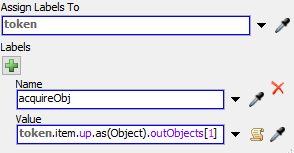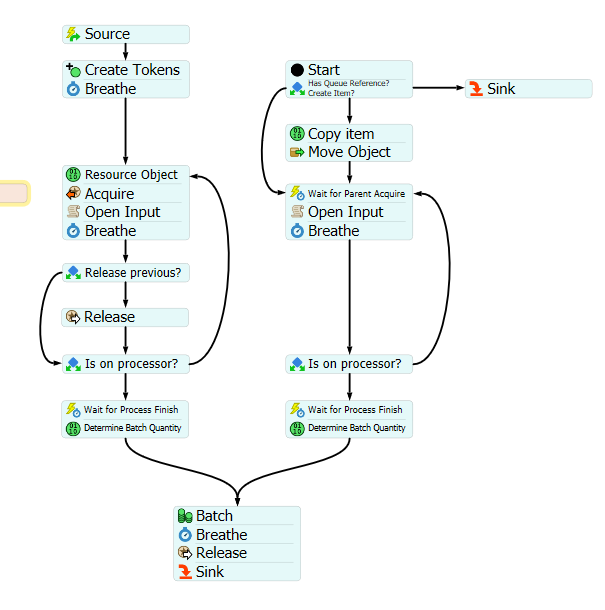Hi everyone,
I have a model where there are 3 series of Queue(Queue1_series,Queue2_series and Queue3_series). whenever a part enter in Queue3_1 I am creating its parts in Queue3_1 series. Ex. Part P1 enter it create 3 parts in its Queue3_series and move to next buffer same with all parts. I want control the buffer when one part is present in 1 series of Queue other part should not mix up. it has to wait with its part.
when P1 part enter in Queue3_1 it should create its respective part and move to Queue2_series to Queue1_series and to Processors if available with it part. When next part enter Queue3_1 it again create part. If the processor available process or wait in Queue1_series or if Queue1_series has part already wait in Queue2_series if Queue2_series part there wait in Queue3_series so on. The part should go in sequence not mix up.
Note: P1 create its part in Queue3_2,Queue3_3 and Queue3_4. P2 create its part in Queue3_2 and Queue3_4. P3 creates its part in only Queue3_4.




